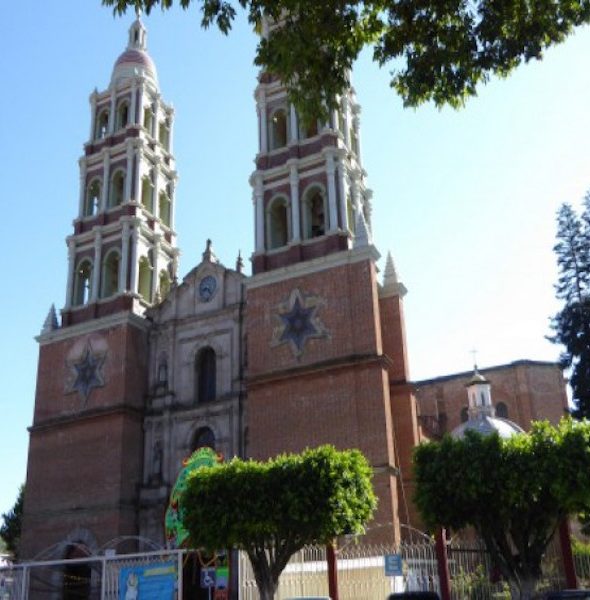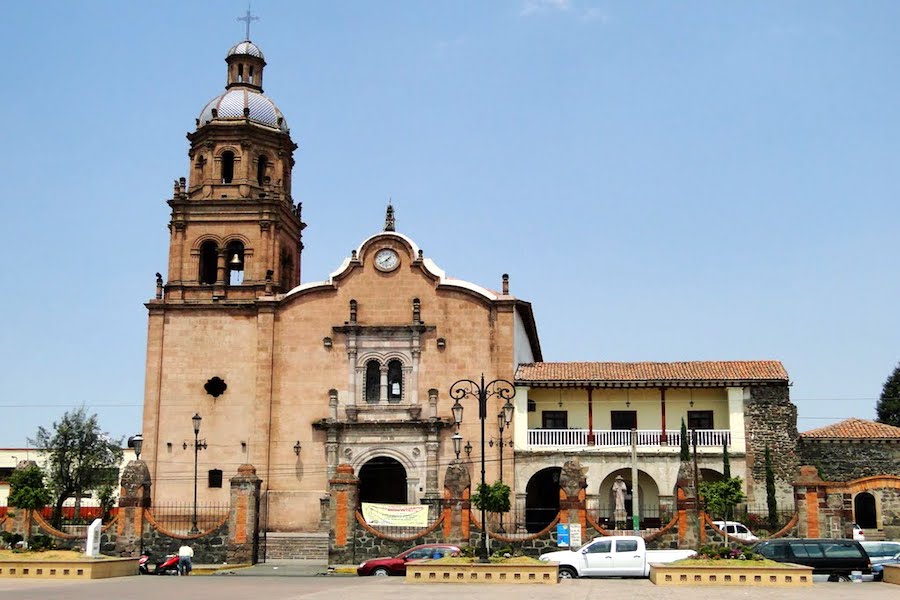Event Venue
Nuevo San Juan Parangaricutiro, Michoacán, México.
GPS: 19.4164672, -102.1312209
It begins with jubilees, novenarians and pilgrimages headed with the image of Christ; accompanied by bands and dances from “Los Negritos”, “Los Viejitos” and “Los Pastores” to the foot of the main altar.
San Juan Nuevo is the town founded by the P’urhépechas Indians who were forced to relocate after evicting San Juan de las Colchas (or Old San Juan Parangaricutiro) due to the birth of the Paricutin Volcano.
It is known that the Lord of Miracles has faithful followers throughout the country of Mexico, South America and the United States. Throughout the celebrations more than 70 thousand visitors come to be counted. The image belonged to the temple of San Juan Parangaricutiro, the town that buried the Paricutin Volcano in its eruption in the middle of the last century.
The image of the Lord of Miracles is made of cane paste, a pre-Hispanic artisan technique originally from the P’urhépecha culture. It represents a Crucified Christ and as in the case of other religious figures elaborated by indigenous hands, he observes a marked care in the representation of the wounds and the gesture of pain caused by the torture.
A saying was born in San Juan around the impossible causes, which says “what you ask for will not be achieved even if you enter San Juan Dancing.” The recognized miraculous capacity of the Lord of Miracles is thus indirectly underlined.
The legend of the miracle
In the colonial era the fame of Christ spread. It was said that a stranger from outside left him in the temple of San Juan Parangaricutiro and that the Christ of Miracles was very miraculous.
Everyone believed it except the chief of the place. But one day his son became seriously ill and when he found no cure, he turned his eyes to Christ and promised that if he saved his son he would dance in gratitude, just as King David danced to worship God. The boy was cured and the chief kept his word to dance a dance.
The community witnessed the event and that is how this form of veneration, request for favors and gratitude for them gained strength. In San Juan, the whole year is danced to request favors, but on September 14, in particular, this devotion gains strength. After September 14, parties such as the “Eighth” or “Fiesta Chica” are held a celebration eight days after the “Fiesta Grande”.









